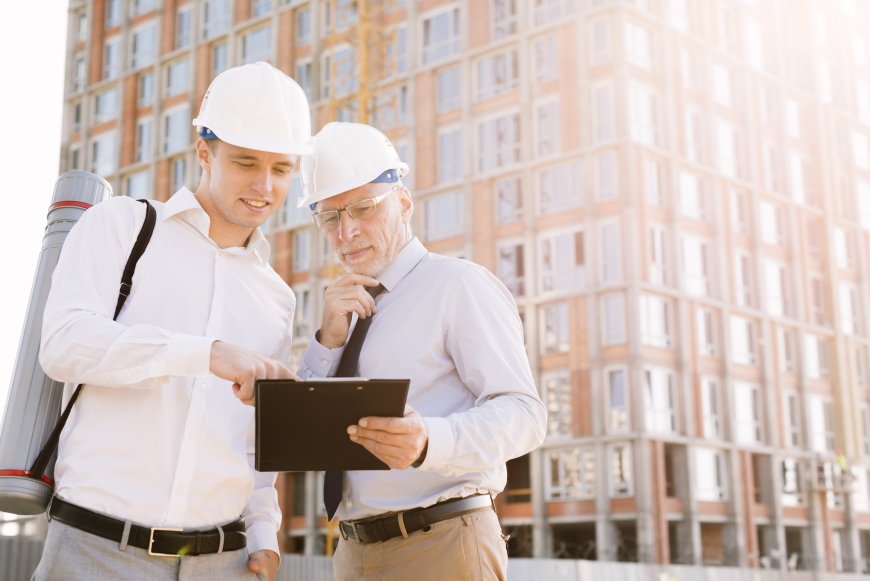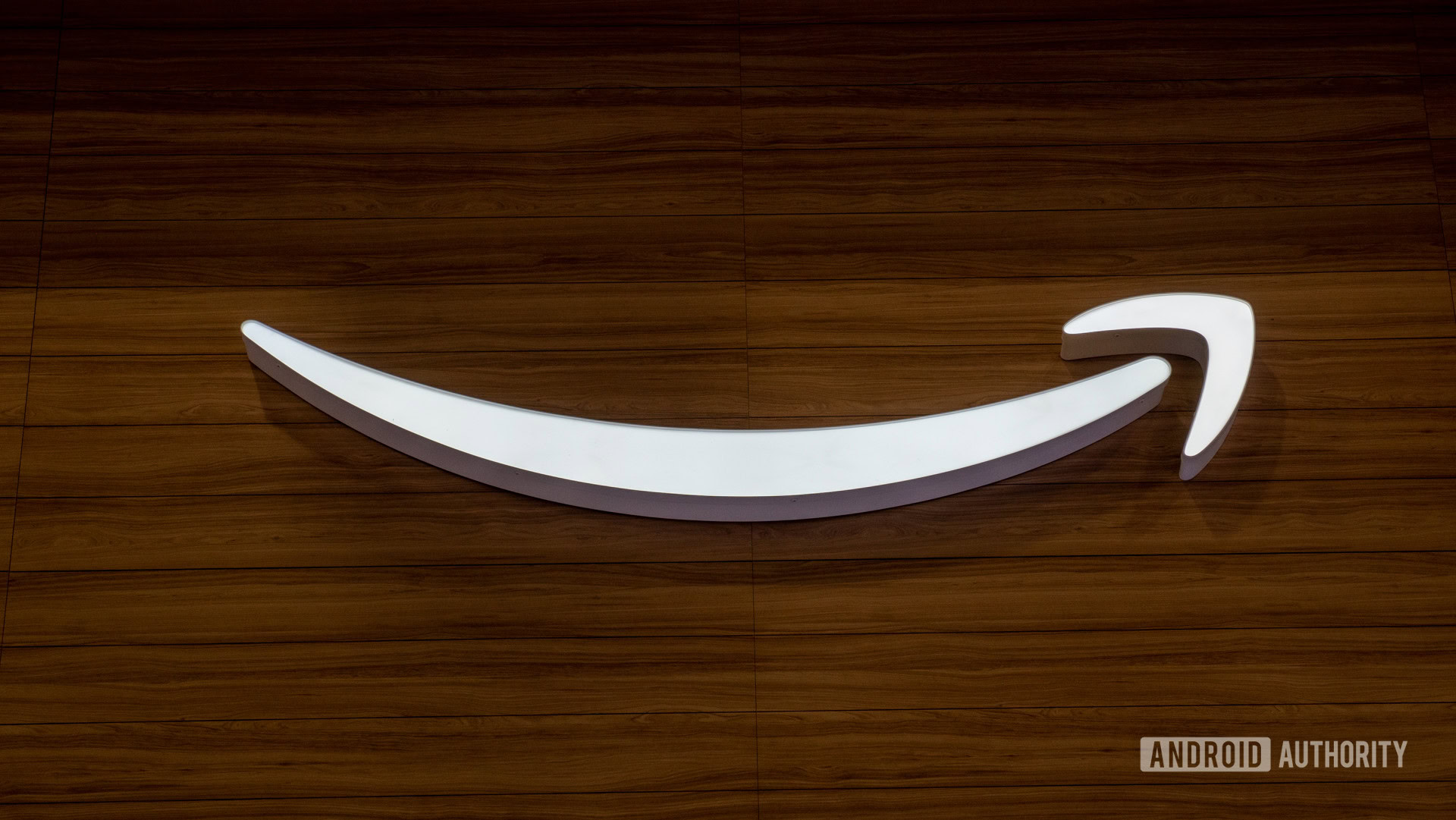LEED Certification in Construction: Building a Greener Future, One Project at a Time
leed certification, well certification, Commissioning management, decarbonization strategies

In an era where environmental sustainability is increasingly crucial, LEED Certification (Leadership in Energy and Environmental Design) has emerged as a beacon for the construction industry. It represents a commitment to sustainable building practices, promoting energy efficiency, environmental responsibility, and occupant health. This blog explores how LEED Certification is shaping the future of construction by integrating decarbonization strategies, WELL Certification principles, commissioning management, acoustic engineering, sustainability reporting, and carbon emissions calculations into building projects.
Understanding LEED Certification
LEED Certification, developed by the U.S. Green Building Council (USGBC), is a globally recognized rating system for environmentally sustainable buildings. It evaluates projects across several categories, including sustainable site development, water savings, energy efficiency, materials selection, indoor environmental quality, and innovation in design. Achieving LEED Certification requires meeting specific prerequisites and earning credits through sustainable practices throughout the building's lifecycle.
Decarbonization Strategies
Decarbonization is crucial for achieving LEED Certification, focusing on reducing carbon emissions and environmental impact:
-
Energy Efficiency: Implementing advanced building systems like LED lighting, high-efficiency HVAC systems, and smart controls to minimize energy consumption.
-
Renewable Energy Integration: Incorporating onsite renewable energy sources such as solar panels and wind turbines to generate clean energy and reduce reliance on fossil fuels.
-
Low-Carbon Materials: Choosing materials with low embodied carbon and conducting lifecycle assessments to evaluate their environmental footprint.
WELL Certification and Occupant Health
WELL Certification complements LEED by emphasizing occupant health and well-being:
-
Air Quality: Enhancing indoor air quality through effective ventilation systems, low-VOC materials, and filtration technologies to promote respiratory health.
-
Lighting and Acoustics: Designing spaces with ample natural light, lighting controls, and acoustic treatments to create comfortable and productive environments.
-
Physical and Mental Wellness: Providing amenities such as fitness spaces, biophilic design elements, and access to nature to support overall well-being.
Commissioning Management and Acoustic Engineering
Commissioning management ensures building systems operate efficiently:
-
System Performance Testing: Conducting rigorous tests and adjustments of HVAC, lighting, plumbing, and electrical systems to optimize performance and energy efficiency.
-
Acoustic Engineering: Designing spaces with acoustical considerations to minimize noise pollution and enhance acoustic comfort for occupants.
Sustainability Reporting
Sustainability reporting is vital for demonstrating compliance with LEED Certification and promoting transparency:
-
Data Collection: Monitoring and analyzing metrics such as energy use, water consumption, waste generation, and indoor air quality to track environmental performance.
-
Performance Metrics: Using data insights to assess progress towards sustainability goals, identify areas for improvement, and inform decision-making.
-
Stakeholder Engagement: Engaging with stakeholders, including occupants and investors, to communicate sustainability efforts and build trust in green building practices.
Carbon Emissions Calculations
Calculating and mitigating carbon emissions play a critical role in achieving LEED Certification:
-
Carbon Footprint Assessment: Conducting lifecycle assessments to quantify and reduce the carbon footprint associated with building materials, construction processes, and operational activities.
-
Carbon Offsetting: Investing in carbon offset projects to neutralize remaining emissions and achieve carbon neutrality goals, contributing to global climate action.
Building a Greener Future with LEED Certification
In conclusion, LEED Certification represents a transformative approach to construction, aiming to build a greener future one project at a time. By integrating, pursuing WELL Certification for occupant health, implementing effective commissioning management and acoustic engineering practices, enhancing sustainability reporting, and prioritizing carbon emissions calculations, stakeholders can create sustainable buildings that benefit both the environment and the community. As the demand for sustainable construction practices grows, LEED Certification continues to drive innovation, resilience, and environmental stewardship in the built environment. Together, we can pave the way for a sustainable future where buildings not only meet high-performance standards but also contribute positively to global sustainability goals.
This blog highlights how LEED Certification serves as a catalyst for sustainable development, guiding construction projects towards a more environmentally responsible and resilient future.
What's Your Reaction?
 Like
0
Like
0
 Dislike
0
Dislike
0
 Love
0
Love
0
 Funny
0
Funny
0
 Angry
0
Angry
0
 Sad
0
Sad
0
 Wow
0
Wow
0


















































